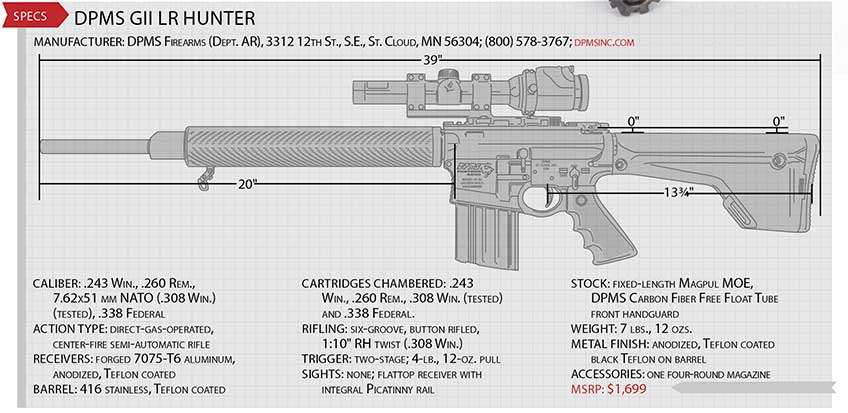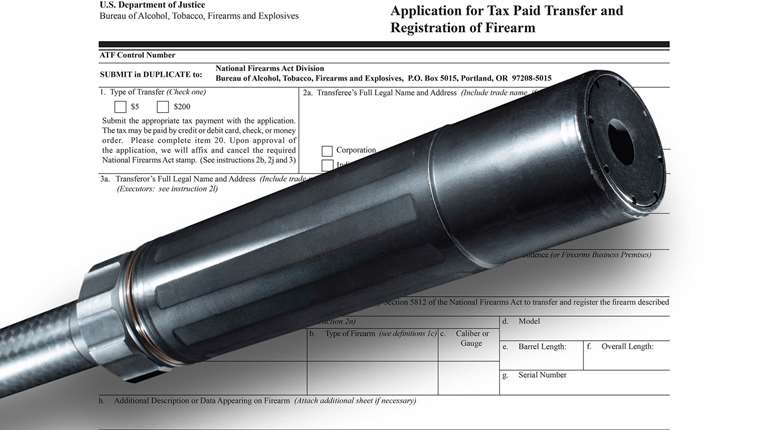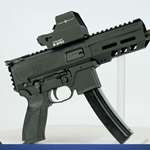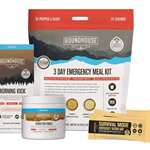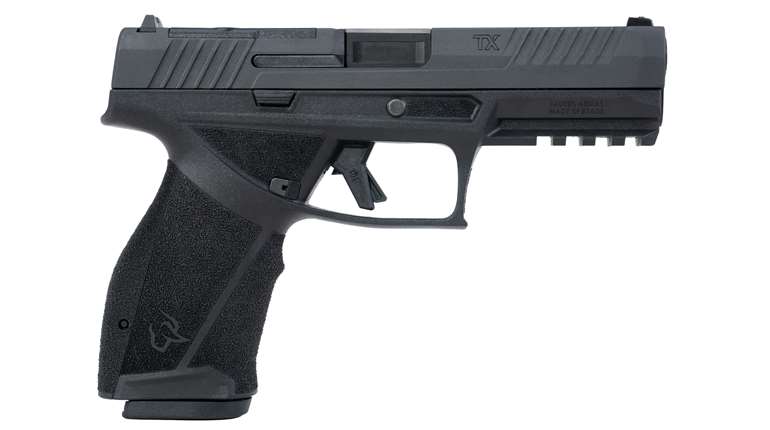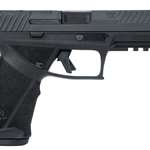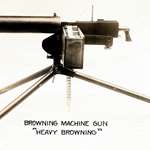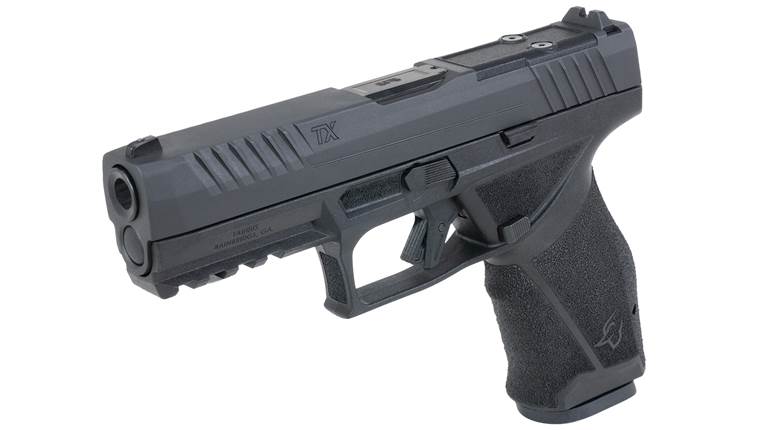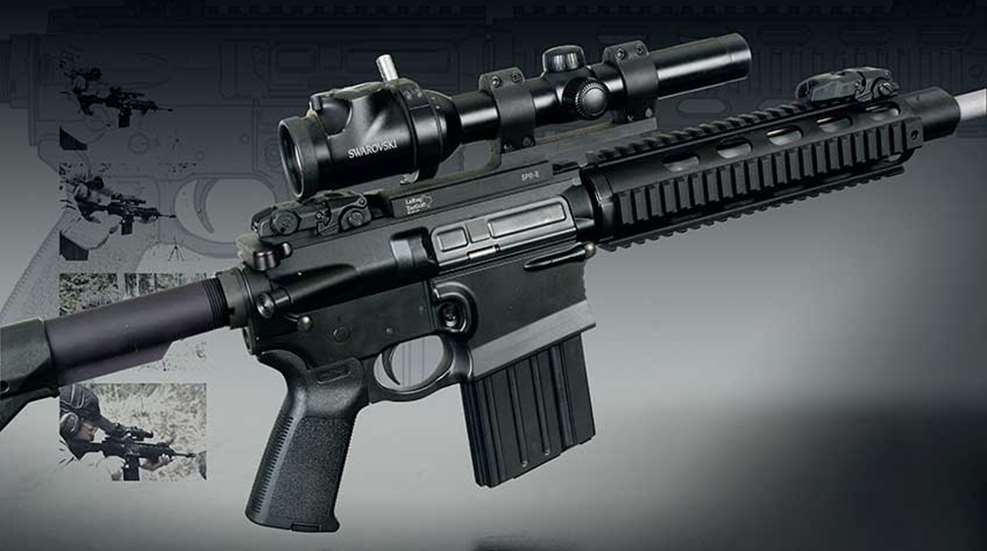
This review of Remington Outdoors' DPMS GII AR-308 rifles appeared originally as a feature in the January 2015 issue of American Rifleman. To subscribe to the magazine, visit the NRA membership page here and select American Rifleman as your member magazine.
Most gun guys give credit to Gene Stoner for the AR-15 rifle, but students of gun history know that Stoner developed the larger, .308 Win.-based AR-10 long before anyone had ever heard of an AR-15 (read the story of the AR-10 here). What a lot of people don't know is that if the AR-10 submitted to the government for testing in 1956 had remained true to the Stoner design, things might have turned out differently.
The company president, George Sullivan, insisted, over Stoner's protests, that the gun submitted for testing be fitted with an unproven aluminum/steel composite barrel. The barrel burst during the test, and the government rejected the AR-10 in favor of the M14 rifle.
The name AR-15 is owned by Colt, but has come to be used as a generic term for the type of firearm, often shortened to AR. The name AR-10, on the other hand, is trademarked by ArmaLite, and that company prefers it be used to describe only its guns. As a result, other firms making .308 Win. ARs have their own proprietary names, which can be confusing. For simplicity, I refer to them as AR-Ls, with the "L" standing for "large."

One of the most popular AR-L rifles is the DPMS LR series. It was introduced back when DPMS founder Randy Luth still owned the company, and it became an industry leader of sorts. It is accurate, dependable and, most importantly, affordable. The magazines used are a bit differently than those used by the ArmaLite, but have emerged to become what is, arguably, now the industry standard.
The AR-L has some serious attributes as a defensive rifle, with the larger, more powerful cartridge at the top of the list. There have been complaints from our fighting forces about the stopping power of the 5.56x45 mm NATO, but nobody ever complains about the 7.62x51 mm NATO (.308 Win.) failing to get the job done. The AR-L is also the darling of 3-gun competition with the heavy class shooters.
But probably the strongest argument for this rifle is for hunting. The smaller AR-15 is limited to cartridges with marginal power levels for big game, or cartridges with limited range. The AR-L is based on the .308 Win. cartridge and can be chambered for any of its offspring from .243 Win. through .338 Federal.
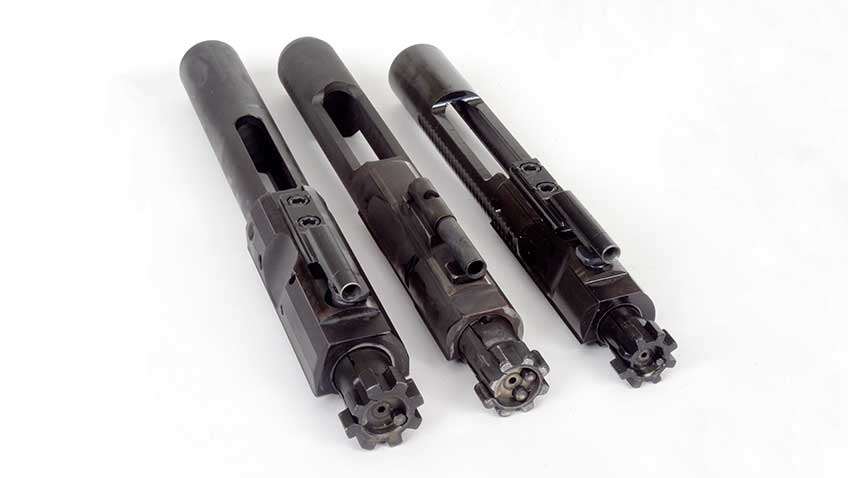
DPMS didn't claw its way to the top of the AR heap by resting on its laurels and now, as a part of Remington Outdoors, it has lots of resources for developing new concepts, which is how the new DPMS GII, LR rifles came to be offered. "The LR line was great," said Adam Ballard, the Modern Sporting Rifle Product Manager for Remington Outdoors (formerly the Freedom Group), "but like anything in life, there was always room for improvement.
"We looked at the areas that we thought we could make better and set out to change them. What we thought would be just a few changes to an existing product line took on a life of its own and became an entirely new line of guns. We found that some of the changes could not easily be made to the existing gun and rather than not do them, we created the new rifle, a rifle that is the next evolution of this class of firearms."
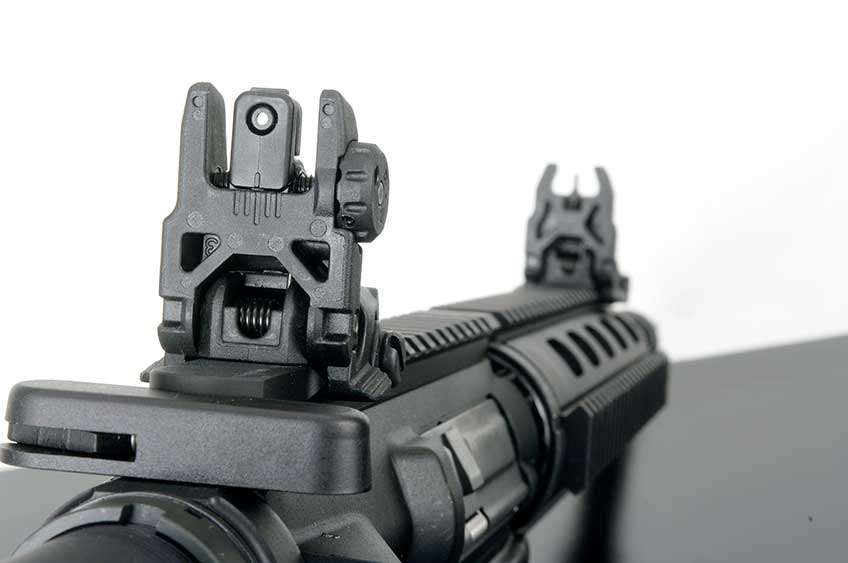
The GII is smaller and lighter, almost as small and as light as the AR-15 rifle. Current models start at 6 lbs., 14 ozs. Ballard said, "Depending on the model, the GII can weigh from one to several pounds less than its older LR counterpart." To accomplish that weight reduction, the engineers had to create new upper and lower receivers, as well as a new bolt carrier.
The forged 7075-T6 receivers are anodized and Teflon-coated. The upper receiver includes a fully functional forward assist. The forward assist in the older guns only worked for the last 1/8" of travel, which caused complaints from hunters who wanted to ease the bolt down slowly and use the forward assist to make sure the gun was in battery. With the new gun, they can do that with confidence.
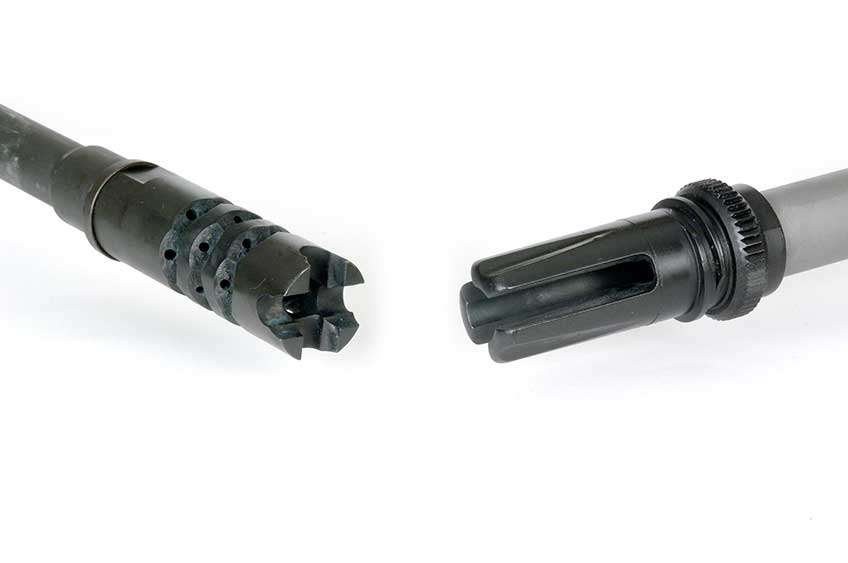
There is a larger ejection port and an improved shell deflector, so it won't beat up the brass as much. As a handloader, I am thankful for that. It's a tragic thing to have to throw brass into the trash because the rim is bent and distorted.
The forged, monolithic bolt carrier in the GII is another redesign from the old style. It eliminates the larger forward section and is the same size for its entire length. The new bolt carrier measures 0.930" at its largest point as opposed to the previous design at 1.135". The new bolt carrier is also 0.6" shorter than its predecessor. The GII bolt carrier group weighs 6 ozs. less than the old style. The gas key on the new bolt carrier is lower and integral to the bolt, again saving space. It is fitted with a gas key extension that is pinned into place. By using an integral gas key rather than one held on with screws, another potential failure area is eliminated.

The GII bolt uses new geometry for the locking lugs where every edge has a radius to enhance reliability. There are two ejectors rather than the standard single. Ballard said that is to help reduce spring fatigue. Of course, it also introduces redundancy as the gun will operate with one ejector.
The extractor is made of a metal whose composition DPMS will not reveal, but that has been shown in extensive testing to be almost failure-proof. The only exception was one that failed because it was machined incorrectly.
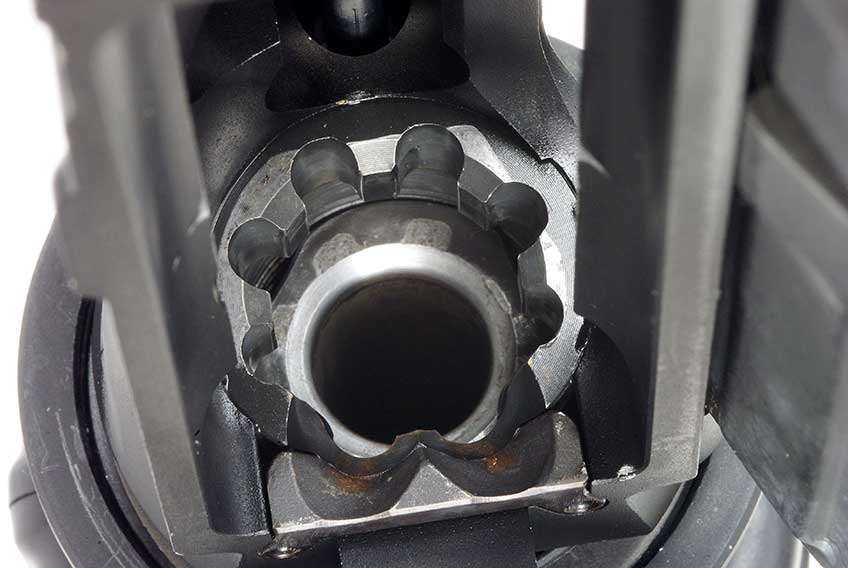
Rather than a wound wire extractor spring, the GII uses an elastic, polymer button it refers to as a "tactical Skittle." Again, extensive testing has shown it to be just about failure-proof and far less prone to problems than a conventional spring. The extractor and "elastomer extractor spring" will retro-fit to older DPMS LR rifles.
The DPMS GII uses a new style barrel extension to mate with the new bolt, which also reduces weight. The firing pin is titanium. The feed ramp is a steel insert pinned into the aluminum upper receiver. This adds strength and durability and eliminates the problem of the softer, more malleable, aluminum being battered out of shape.
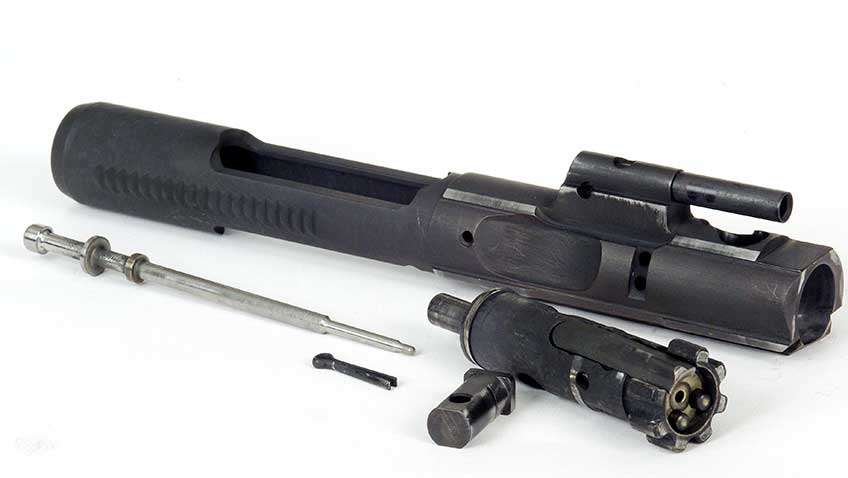
The barrel, gas block and gas tube are pretty much standard. The gun will take most AR-15 handguards, so that opens up the aftermarket options. Those models with threaded barrels use the standard 5/8-24 thread pattern, common to .308 Win. rifles.
The lower receiver has a beveled magazine well for faster reloads and an integral trigger guard. The buffer and buffer spring are standard AR-L designed for a .308 Win. and will accept AR-style stocks. Any AR type grip will fit. The trigger is standard and can use any of the current AR-L triggers. The guns, of course, take DPMS-pattern magazines.
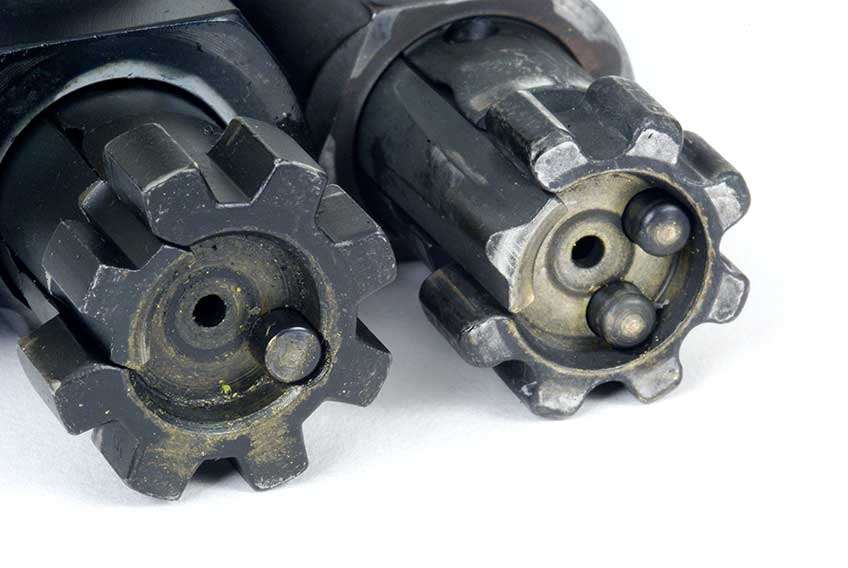
The DPMS GII was introduced to a small group of writers at an event at Gunsite Academy in December 2013. The AP4 and Recon models were there for us to shoot, and there was a scramble for the Recon-based mostly, no doubt, on the "tactical" appearance of the gun. The Recon features a bead-blasted, stainless steel 16" barrel with low-profile gas block and a mid-length gas tube. The three-pronged flash hider on the end is designed to accept a suppressor from AAC, a sister company within Remington Outdoors.
The fore-end on the Recon is a four-rail, free-float tube, while an adjustable Magpul butt-stock and Magpul grip round out the ensemble. The gun features a two-stage trigger and uses the DPMS pattern magazines. The gun weighs in at a sleek 8 lbs., 8 ozs., and while leaning in the rack it simply caught the eye of every writer there. But at the end of the session, we were all gravitating to the much plainer-looking AP4 guns.
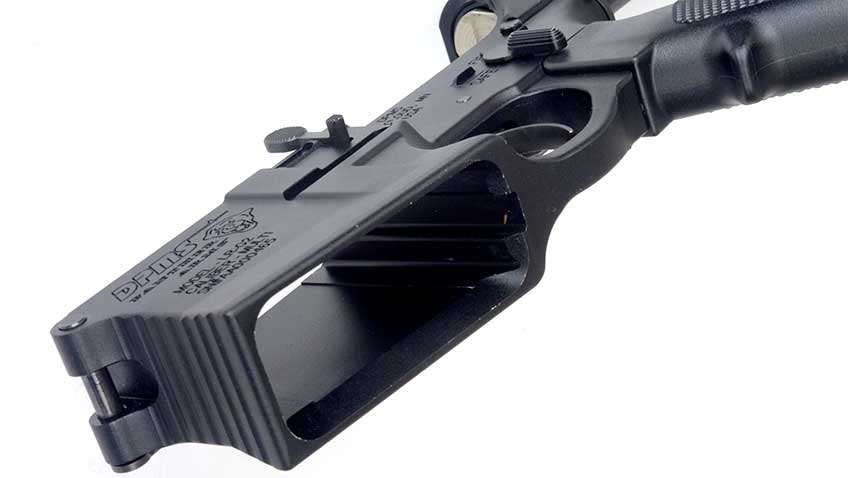
The entry level AP4 has a mil-spec trigger, a ribbed, oval, plastic handguard and the somewhat dated A2 front sight/gas block. The rifle's buttstock is a basic, black plastic adjustable model.
Still, soon enough it was the gun we all wanted to shoot. The reason? Simple; the muzzle brake. The Recon has a flash hider designed to accept a suppressor which looks very cool, but does virtually nothing to mitigate recoil or muzzle lift. The AP4 on the other hand, has a very effective muzzle brake.
The brake not only reduces recoil, it makes shooting double taps much faster. In fact, I was impressed with how well I could double tap targets and do lateral target-to-target transitions with it. It may be one of the fastest-handling CQB, .308 rifles I have tried.

Currently DPMS offers seven different models of the GII in .308 Win.: the AP4; MOE; Recon; Hunter; Bull 24; Compact Hunter; and SASS. The Hunter models are also chambered for .243 Win., .260 Rem. and .338 Federal. I have been able to work pretty extensively with three of the GII models in preparation for this article, the AP4, the Recon and the Hunter. I have tested them all extensively for accuracy and measured velocity. I have also been able to run some drills, both close range and long range. Then I shot the guns, just like most gun guys shoot them, just having fun pulling the trigger.
I suppose that between the event at Gunsite and all the testing and shooting I have been doing with these three rifles at my home range, I probably have surpassed the 1,000-round mark through various GII rifles and have not experienced a single function failure. I did have some overpressure issues with the AP4. This gun has a chrome-lined barrel and apparently the early guns I tested had some bore-dimension issues. That is also probably why the AP4 was not as accurate as the other two guns tested. DPMS was aware and was working to have the problem corrected by press time.
The Hunter model is specifically well designed for that activity. For years AR companies have figured that if they just paint their guns camo, hunters will be happy. But hunters don't need all the "tactical" add-ons. For example, it is far better to have a longer barrel than a useless flash hider. This gun has a 20", non-threaded barrel, which is what a hunting gun should have. Even 22" would be fine, but, we don't need a threaded barrel, flash hider or a muzzle brake.

The GII Hunter I tested blew me away with its accuracy. I was primarily testing that rifle for our sister publication American Hunter and didn't even plan to include it in this article, but the performance is too impressive to ignore. American Hunter uses three, three-shots groups with three different loads as a test protocol. With the Black Hills 168-gr. load, the first group measured 0.30". That was the best, but the average of three groups was 0.47". The average for all nine groups was 0.80". From an out-of-the-box AR-L shooting factory ammunition, that is very impressive accuracy.
The Recon was also impressively accurate. I tested it with the much tougher American Rifleman testing protocol of five, five-shot groups. It is not a fussy rifle, as the GII Recon averaged just slightly over one minute-of-angle with any ammunition I fed it. The best group was with the new Fusion 150-gr. MSR, which is designed for AR rifles, five shots measured 0.65". The average for 15 groups with three different ammo products was 1.07". That is outstanding accuracy, and I usually only see it from guns costing twice as much.
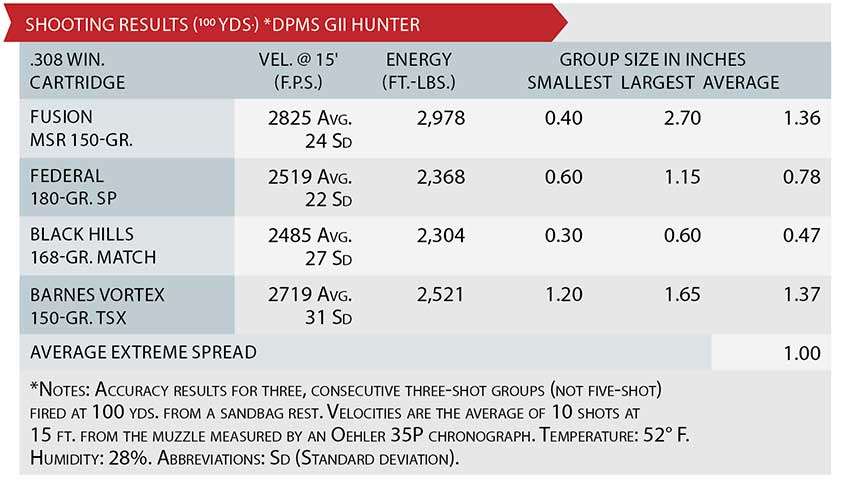
I'll stick by the statement I made at the Gunsite event; these rifles are a game-changer (I know, it's a gunwriter cliché, but I mean it). They have eliminated many of the things that shooters didn't like about the AR-L rifles. They are lighter and much easier to operate. They are extremely accurate and flawlessly dependable. I think that this new GII design may well set a new standard for AR-L rifles in the years to come.
